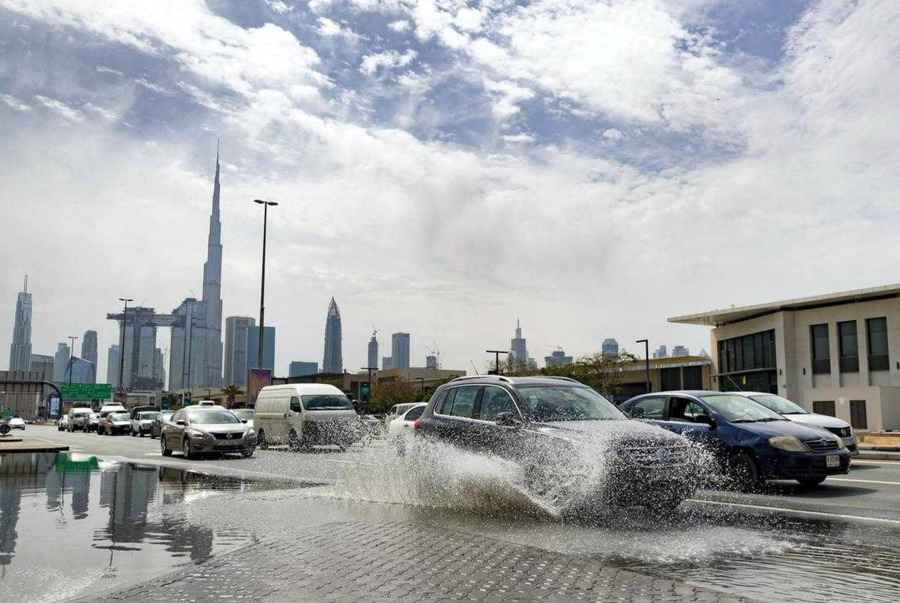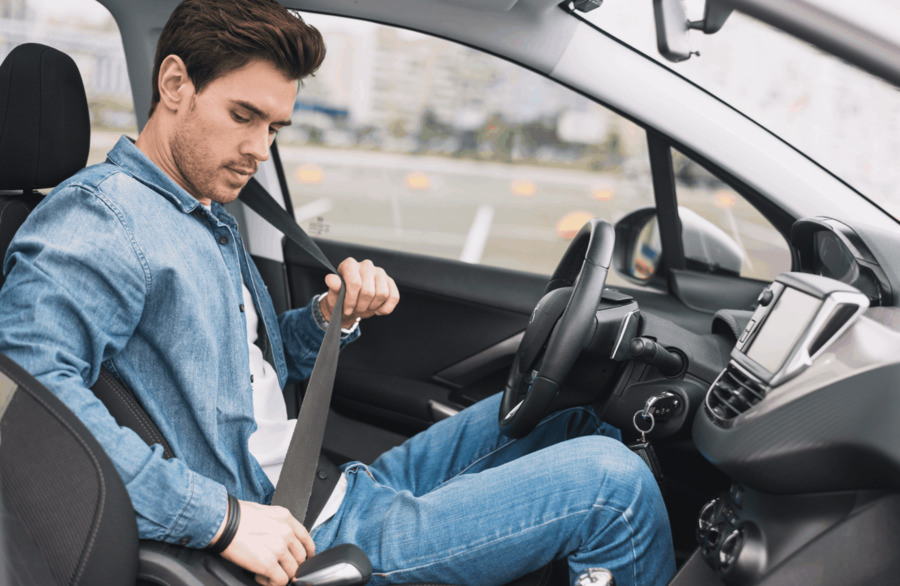Driving in Dubai is an experience distinct from most other global cities. With its advanced road infrastructure and stringent traffic regulations, the city demands that both tourists and residents adhere to its specific driving protocols to ensure safety and order on its roads.
Basic Traffic Rules in Dubai
Dubai’s road system operates under well-defined and strictly enforced traffic regulations designed to minimize accidents and enhance flow. Speed limits are clearly marked, and speed cameras are plentiful, ensuring drivers adhere to set speeds that generally range from 60 to 120 km/h, depending on the area. Seat Belt usage is mandatory for all occupants in the vehicle, and failure to comply attracts substantial fines. Similarly, using a mobile device without a hands-free setup is prohibited, reflecting Dubai’s commitment to reducing distractions while driving.
Specific Laws for Tourists
For tourists opting to rent a car in Dubai, understanding the nuances of local laws is crucial. An international driving permit, alongside a valid driver’s license from their home country, is required. Dubai has zero tolerance for drinking and driving. Penalties for driving under the influence are severe and can result in imprisonment. Additionally, tourists must ensure they are familiar with rental agreements, insurance requirements, and the documentation needed to drive a rental vehicle legally.
Using GPS and Road Maps
Navigating Dubai is relatively straightforward with the help of numerous reliable GPS applications and detailed road maps available both online and offline. These tools are invaluable for translating road signs that are predominantly in Arabic and English, helping drivers unfamiliar with the language to navigate with ease.

Key Routes and Areas to Avoid During Peak Hours
Dubai’s roads can become congested during peak traffic hours, typically from 7:00 to 9:00 AM and 5:00 to 7:00 PM. Major highways like Sheikh Zayed Road and Emirates Road see significant traffic build-up. Avoiding these areas during rush hours or planning alternative routes using real-time traffic updates can save considerable time.
Cultural Considerations
Driving etiquette in Dubai may differ from what drivers are accustomed to in their home countries. Local customs influence driving behaviors significantly. Patience is essential, especially in dealing with the occasional aggressive or swift maneuvers by other drivers. It is crucial not to engage or escalate situations but rather to remain calm and courteous.
Safe Driving Practices
Maintaining a safe driving distance is vital, as is the disciplined use of indicators and adherence to lane protocols. These practices not only contribute to one’s safety but are also a sign of respect for other road users, aligning with local driving etiquette.
What to Do in Case of an Accident?
In the event of an accident, it’s important to remain composed and immediately secure the area to prevent further incidents. Contacting the police is mandatory, and drivers should not move their vehicles unless instructed by an officer. Documenting the incident thoroughly and exchanging insurance information with the other party involved is also crucial. For more information, visit the Dubai Police website.
Emergency Services and Assistance
Familiarize oneself with essential emergency numbers such as 999 for police, 998 for ambulance, and 997 for the fire department. Knowing the nearest hospital locations and having a basic first aid kit in the car can be lifesaving in critical situations.
Driving in Extreme Weather Conditions
Dubai’s climate can pose challenges, particularly during sandstorms and the summer heat. Drivers should ensure their vehicles are well-maintained, with particular attention to air conditioning, engine cooling, and air filter systems. During sandstorms, safety measures are recommended to reduce speed, turn on headlights, and maintain a generous following distance.

Long Distance Driving
Planning long-distance trips within the UAE or neighboring countries requires careful preparation. Ensuring one’s vehicle is equipped for extended travel, understanding cross-border policies, and knowing the locations of rest areas along major highways are all essential planning steps.
Conclusion
Adhering to Dubai’s driving protocols significantly contributes to the safety and enjoyment of driving in this dynamic city. By staying informed through resources such as the Roads and Transport Authority (RTA) website, drivers can ensure they are up-to-date with the latest traffic laws and road conditions. Embracing local driving customs and maintaining a vigilant, informed approach to driving helps foster a safer environment for everyone on the road.
By following these guidelines, tourists and residents can navigate Dubai’s roads safely and efficiently, making the most of their time in the city, whether behind the wheel of a rented vehicle or their own.



